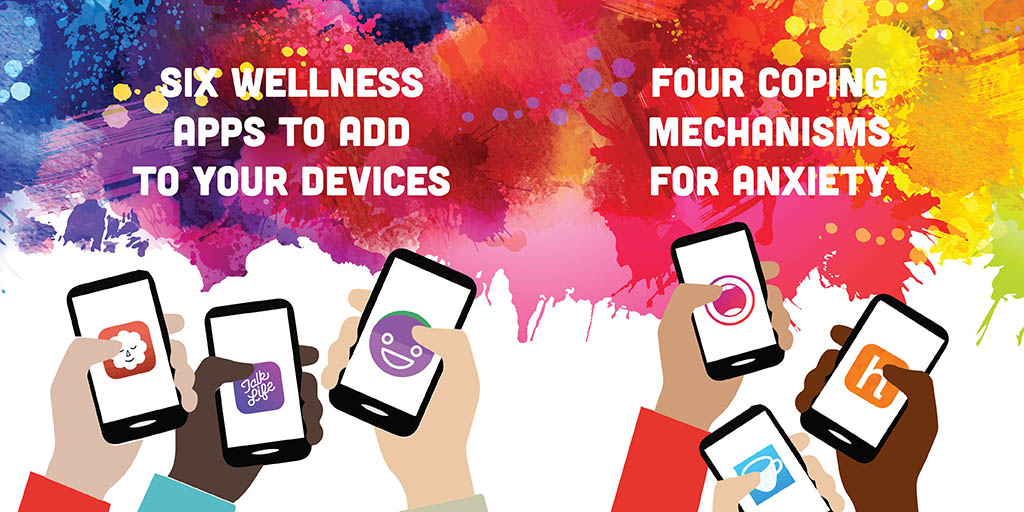Four coping mechanisms for anxiety

According to the Anxiety Disorders Association of Canada, 12 per cent of Canadians experience anxiety each year and people age 15 to 24 are more likely to have a mental illness than any other age group. Some of the common anxiety disorders include panic disorder, agoraphobia, social phobia, generalized anxiety disorder, obsessive-compulsive disorder (OCD), and post traumatic stress disorder (PTSD). These disorders are often treatable through medications and cognitive behavioural therapy (CBT). However, it is important to practice coping mechanisms to help deal with anxiety. This is a list of some of the strategies you can use when you are feeling anxious.
Breathing Techniques
Breathing techniques have several benefits when it comes to anxiety. It will help you release stress, relax your mind and body and increase oxygen and blood circulation. One breathing technique that can be used for anxiety is the 4-7-8 technique. In this exercise you inhale through your nose for four seconds, hold your breath for seven seconds, and slowly exhale and release the breath through your mouth for eight seconds. If you are starting to feel anxious or short of breath try one of these breathing techniques to calm yourself down.
Meditation
A study done at John Hopkins University found that the number one use for meditation is anxiety relief. It works by breaking negative thought patterns, balancing brain chemicals, and helping to build a healthier brain. Guided meditation is an easy to access tool and is widely available online and on mobile applications. Meditation tapes can range from one minute to a couple of hours and can be done anywhere. Some popular meditation apps include The Mindfulness App, Headspace, and Calm.
Yoga
When you are experiencing stress or anxiety your body tends to constrict. Yoga will help release physical tension and allow you to relax physically and mentally. Yoga resources are widely available and it is not time consuming. Even spending 10 minutes a day doing simple yoga positions can help alleviate stress. Some of the positions that will help with stress and anxiety including laying on your back and putting your legs straight up the wall, child's pose where you sit on your knees and reach forward, or standing up and bending at the waist to touch the floor with your hands. Tapping (Emotional Freedom Technique) EFT is a psychological acupressure treatment that can be used for physical or emotional problems. Similar to acupuncture, tapping focuses on certain points on the body that will help balance the energy in your body. These points are called meridian points and each one is associated with a specific internal organ. Some of the meridian points that are involved in tapping include under the eyes which corresponds with the stomach, the eyebrows which deal with the bladder, and the beginning of the collarbone which will help with your kidneys.
Aromatherapy
Essential oils are natural liquids that come from sources such as flowers, trees and plants. The best essential oils for anxiety include lavender, rose, chamomile, and bergamot. All of these oils have different effects on the body such as decreasing over thinking and worry and creating a calming and relaxing effect. Essential oils can be put into diffusers or oil burners to fill the room with the scent and the healing effects. There are also necklaces, bracelets, car fresheners, and many other things that use essential oils to allow you to relax anywhere you go.














